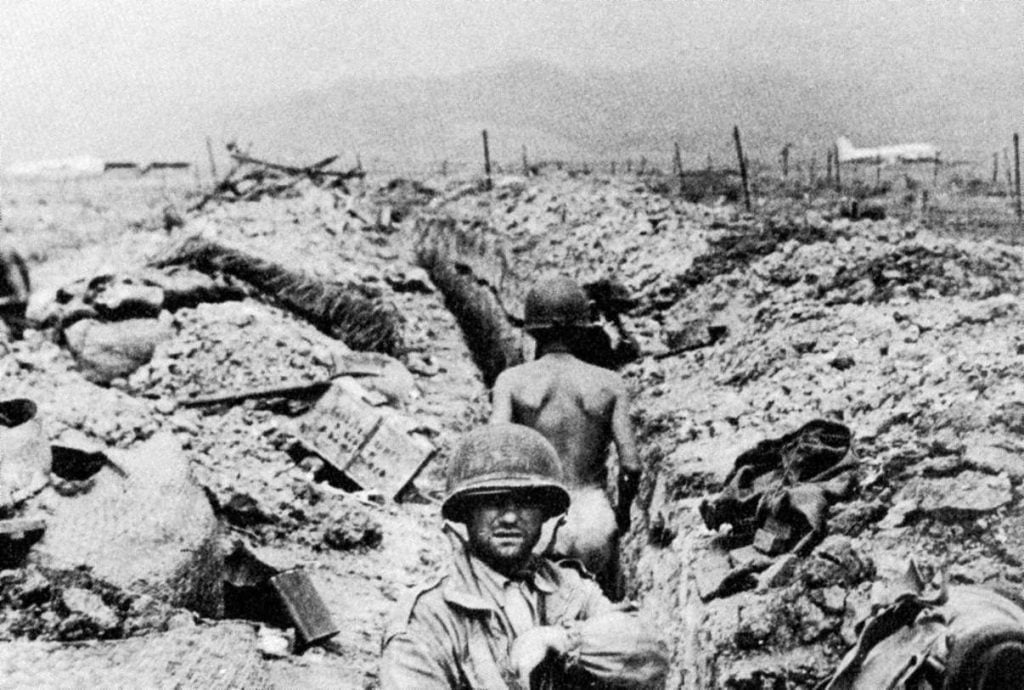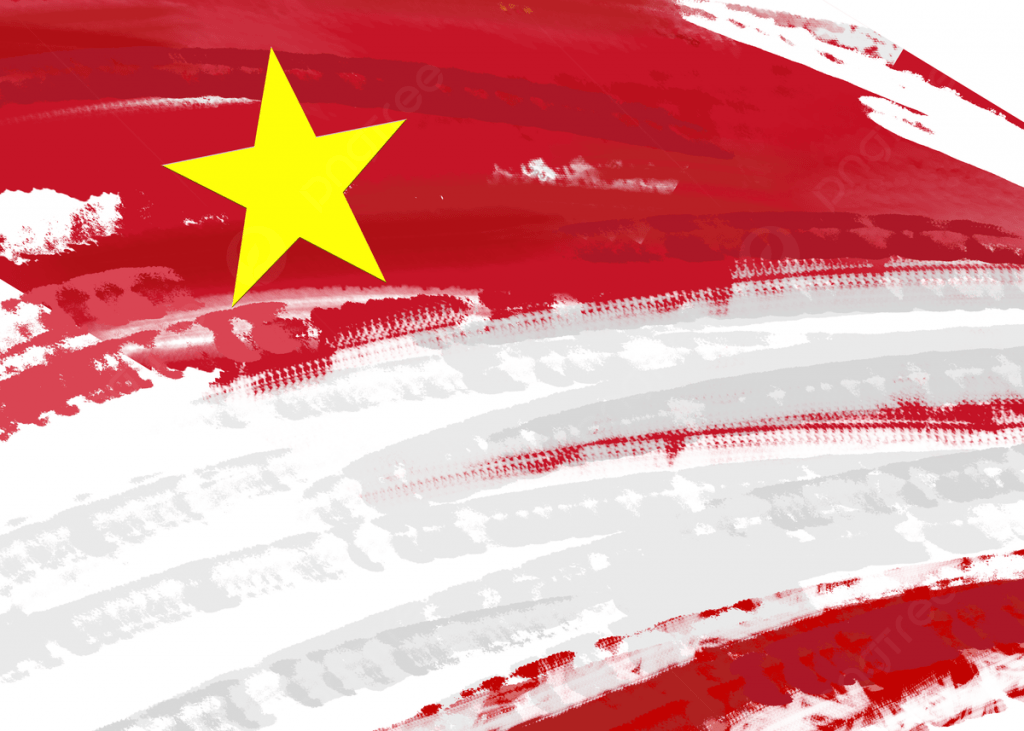Vietnam is a country in Southeast Asia with a long and complex history. Here we will explore the history of Vietnam, from its ancient beginnings through French colonization to its current status as the Socialist Republic of Vietnam.

History of Vietnam War
The Vietnam War was a prolonged conflict that occurred in Vietnam, Laos, and Cambodia from November 1, 1955 to April 30, 1975. The war is considered a Cold War-era conflict between North Vietnam and its communist allies against South Vietnam and its allies, the key ally being the United States.
The roots of the Vietnam War started during World War II with the occupation of the country by imperial Japan. After Japan surrendered in 1945, the French tried to re-establish their colonial rule over Vietnam.
This led to the First Indochina War from 1946-1954 between the French army and the Viet Minh guerrilla forces, led by Ho Chi Minh. The Viet Minh won the war, leading to the 1954 Geneva Accords that partitioned Vietnam into a communist North Vietnam and anti-communist South Vietnam along the 17th parallel.

Tensions between the two sides grew over the late 1950s into open warfare by the early 1960s. The U.S. entered the war in support of South Vietnam to contain the spread of communism.
Despite massive firepower and bombing campaigns, the U.S. was unable to overcome guerrilla tactics and North Vietnamese determination. With over 58,000 American lives lost and domestic support vanishing, the U.S. withdrew from Vietnam in 1973. Two years later in 1975, North Vietnam captured Saigon, uniting the entire country under communist rule.
The Vietnam War was extremely divisive in American politics and society. It challenged the concept of U.S. invincibility and moral authority. The tactics used during the war also remain controversial. However, the conflict highlighted the determination of the Vietnamese people to free themselves from foreign rule.
How Old is Vietnam as a Country
Vietnam’s history stretches back over 4,000 years. Archaeologists have found evidence of ancient Bronze Age cultures like the Dong Son in northern Vietnam dating back to around 1000 BC. The origins of the Vietnamese people trace back to tribes migrating southward from China.
In 111 BC, the Han dynasty of China invaded and annexed the territory of Nam Viet, establishing direct Chinese rule that would last for over 1,000 years. Local rebellions against Chinese domination eventually led to independence in 938 AD under the Ngo, Dinh, and Tien Le dynasties.
Vietnam remained mostly under Chinese rule from 1407 to 1427 when it gained independence under the Later Le dynasty. This was followed by the Later Ly and Tran dynasties. Vietnam expanded southwards during this period down the Indochinese peninsula.
In 1858, France invaded Vietnam, eventually conquering the whole country and making it part of French Indochina by 1884. Vietnam was under French colonial rule until its defeat in the First Indochina War in 1954.
The Democratic Republic of Vietnam (North Vietnam) was established in 1945 at the end of World War II while the State of Vietnam (South Vietnam) was formed in 1949 with French backing. After France’s withdrawal in 1954, North and South Vietnam were divided. The Vietnam War from 1955-1975 was fought primarily over reunification of North and South Vietnam under communist rule.
Following reunification in 1975, Vietnam has remained under control of the Communist Party ever since, first as the Socialist Republic of Vietnam and since 1992 under one-party rule.
So in summary, Vietnam has existed as an independent state or occupied territory for well over 2,000 years, with its oldest foundations dating back over 4 millennia, making it one of the oldest civilizations in Southeast Asia.
History of Vietnam Flag
The flag of Vietnam has changed several times over the nation’s history as new regimes and ruling dynasties rose to power. However, the red background and single yellow star in the center emerged early on as a symbol of Vietnamese identity and independence.
References to a red flag with a gold star appear as early as the Hung kings, ancient tribal rulers of Vietnam from around 2879 to 207 BC. Red symbolized bloodshed and revolution while gold represented prosperity.

Under French colonial rule from 1887 to 1954, Vietnam did not have its own flag and flew a French tricolor instead. During WWII when Vietnam was occupied by Japan, the Japanese allowed Vietnamese nationalists to use a flag with a central gold star on red background.
This flag was adopted again in 1945 by the Viet Minh in their war for independence from France and became the banner of the Democratic Republic of Vietnam, or North Vietnam. When the French were defeated at Dien Bien Phu in 1954, the DRV’s red flag with gold star became the banner of a united, independent Vietnam.
After Vietnam was temporarily partitioned in 1954, South Vietnam maintained the red and gold flag in a slightly different form. North and South were reunified under the communist red banner flag in 1975.
Today, the flag features a bright red field, symbolizing bloodshed during Vietnam’s struggles, and a five-pointed gold star representing the five classes in Vietnamese society – intellectuals, farmers, workers, businessmen and military personnel. The red background and gold star continue to symbolize Vietnamese nationalism.
The Socialist Republic of Vietnam: Independence, Freedom, Happiness
The current official name of Vietnam is the “Socialist Republic of Vietnam” (Cộng hòa Xã hội chủ nghĩa Việt Nam) and its official motto is “Independence, Freedom, Happiness.” This reflects Vietnam’s history of fighting for independence from foreign powers and its adoption of communism following the Vietnam War.
After defeating the French at Dien Bien Phu and partition under the 1954 Geneva Accords, Ho Chi Minh declared the Democratic Republic of Vietnam (DRV) an independent communist state, although only ruling North Vietnam at that stage. The DRV and the Viet Cong waged war for nearly 20 years against U.S.-backed South Vietnam and were finally victorious in 1975. Vietnam was reunified under the DRV government based in Hanoi. In 1976, the National Assembly officially renamed the country the Socialist Republic of Vietnam and the new motto highlighted independence from colonialism, freedom from capitalism, and happiness through socialism.
However, Vietnam’s transition to a full communist economy was rocky, facing food shortages, inflation, and isolation from the West due to the U.S. trade embargo. In the 1980s, Vietnam instituted capitalist Doi Moi (“renovation”) reforms, moving away from a command economy while retaining single party communist rule. The post-Cold War era saw Vietnam normalize relations with Western nations like the U.S. in 1995, joining global institutions like the World Trade Organization in 2007, and enjoying rapid economic growth and higher standards of living.
Today, while maintaining independence and defending national sovereignty, Vietnam blends socialist, free market, and globalized elements. The freedom and happiness principles are embodied through protection of human rights in its 2013 constitution and focus on poverty reduction and improving living standards. The country’s unique history is reflected in its official name and aspirational motto.
The Socialist Republic of Vietnam has a rich history of fighting for independence and adopting communism following the Vietnam War.
Despite facing rocky transitions to a communist economy, Vietnam has successfully instituted capitalist Doi Moi reforms and normalized relations with Western nations.
Today, Vietnam blends socialist, free market, and globalized elements while maintaining its focus on protecting human rights, reducing poverty, and improving living standards. The country’s official motto of “Independence, Freedom, Happiness” serves as an emblem of Vietnam’s unique history and aspirations for the future.
